A hundred new homes have been approved for a Perthshire village, despite claims the move will amount to “cultural vandalism”
Campion Homes won permission for the Meigle scheme this week.
The 100 homes – including two blocks of flats – will be built on land 150m south of Station House, Forfar Road.
However, the application received 59 objections, including concerns for an Iron Age site.
Four objectors made direct appeals to Perth and Kinross Council’s planning and placemaking committee.
They included Marianne Kaufmann, who urged councillors to preserve an Iron Age souterrain (an underground cellar) discovered on site.
She said reports of archaeological investigations had not been made public, despite repeated requests from the community council.
And she pleaded to councillors: “I urge you not to destroy but to maintain in situ and look after the first century Iron Age site in Meigle for the sake of future generations as well as for the sake of the current generation that would benefit from additional visitors and tourists.”
She added: “Houses – albeit less than what is proposed – can still be built on the rest of the field. But to destroy what has been found is nothing other than cultural vandalism.”
Meigle housing plan raises traffic and scale concerns
Fellow objector Barrie Starck from Meigle and Ardler Community Council said traffic movements to and from the estate had been “drastically understated”.
Resident Ewen West said 100 new homes was “completely disproportionate for what is one of the oldest villages in Scotland”.
However, the applicant’s agent Brian Robb of Oliver and Robb Architects told the committee building 100 homes would “undoubtedly have a positive effect on the local economy, creation of jobs and sustainability of existing services within Meigle”.
And he pointed to a planning condition regarding the archaeological discovery which states “no development can start until the post excavation research and design is submitted and approved”, saying this would provide “a safety net”.
Planning officer Sean Panton told councillors Perth and Kinross Heritage Trust was “absolutely content with everything that has been done and that is being proposed to do in the future”.
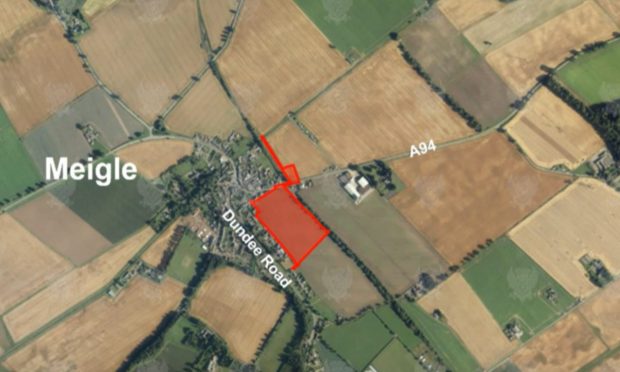
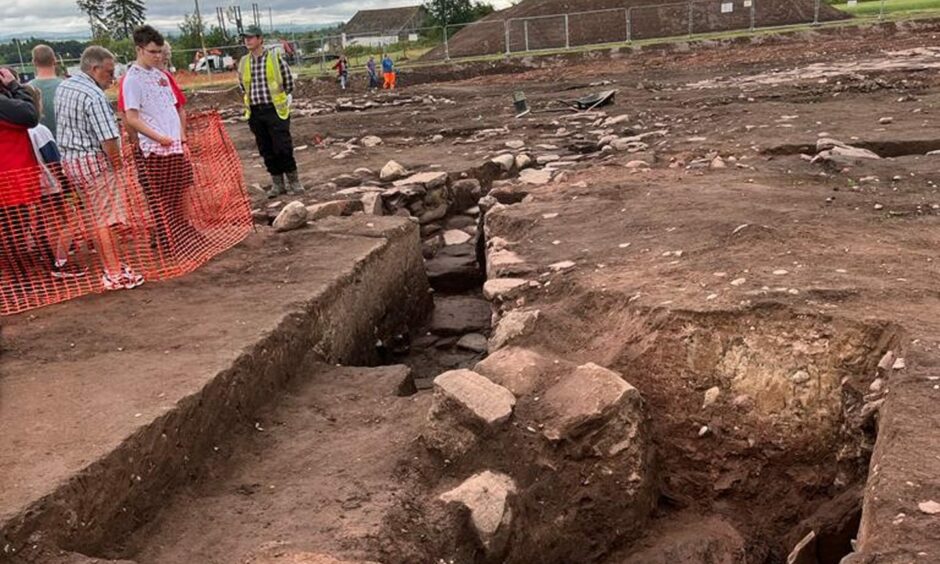
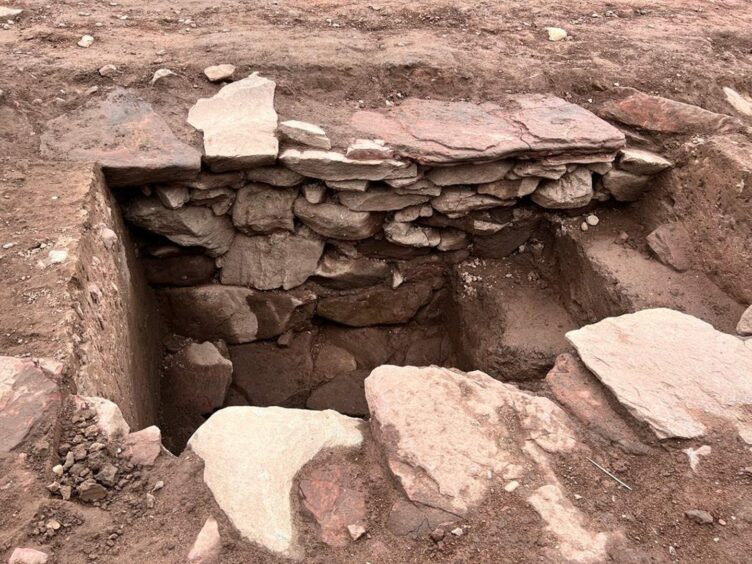
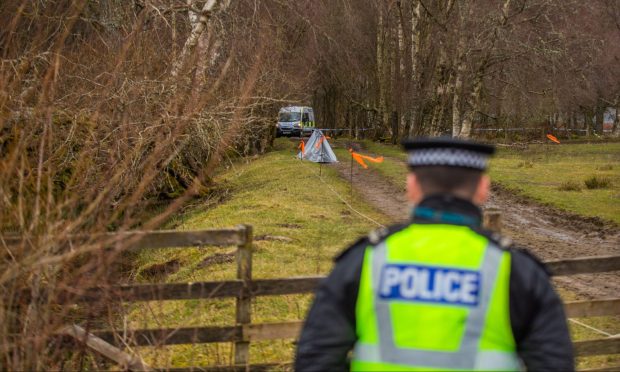


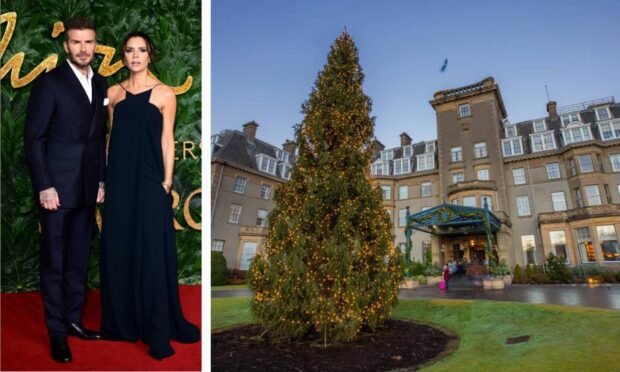
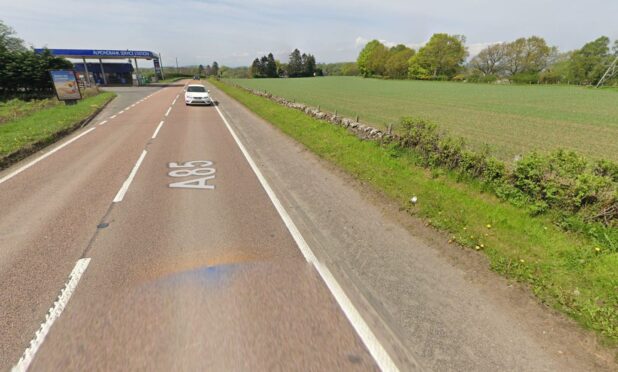

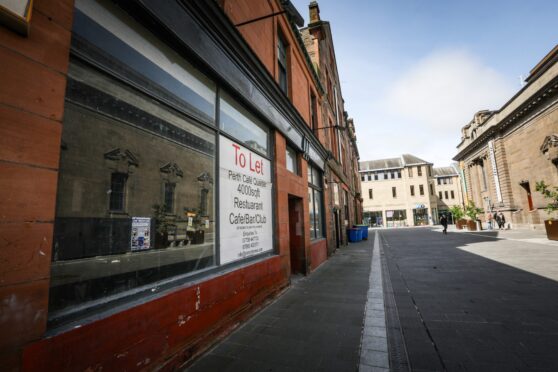



Conversation